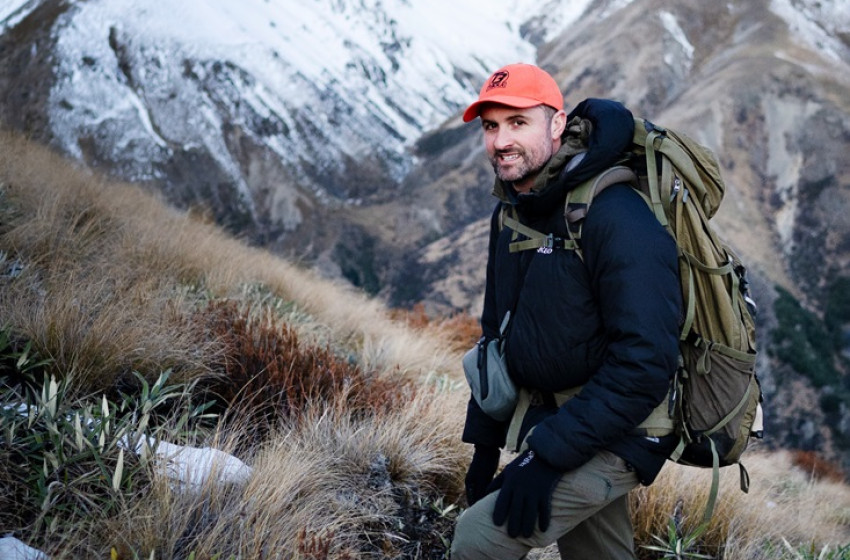Community-led Conservation the Way Forward
- 25/09/2024
- Roslyn Simmonds

By Tim Gale – General Manager, NZ Game Animal Council
The NZ Game Animal Council (GAC) has been established for over a decade now and in that time there’s been significant changes to the hunting sector, how we work with others, and management of valued introduced species
Valued introduced species – deer, tahr, chamois, pigs, trout, salmon and game birds - have long provided resources for hunter gatherers, their families and wider communities. But, historically, the divide between hunters and recreational users of public conservation land has seen conflict in how some of these species are managed.
It’s been great to see a strengthening between these sectors over the last couple of years, as conversations about conservation management evolve and mature.
While there remain some differing opinions, we are all working to achieve the same goals - healthy forests and waterways, flourishing alpine areas and bird life. For hunters, this also means healthy and sustainable game animals to harvest.
The strengthening between sectors has been a result of collaborative efforts from everyone – individuals, agencies like Fish & Game, and community-led organisations like the Fiordland Wapiti Foundation, Tahr Foundation, Sika Foundation and the New Zealand Deerstalkers Association.
As the population of New Zealand increases, greater pressure is placed on public conservation land and these groups and agencies have been working to promote a proactive management approach based on both values and science.
This approach has started to move us beyond this division of the past to a place where valued introduced species and their impacts can be managed to provide both for the hunter, the angler, and most importantly, the environment.
To achieve this type of management, we require strong leadership – a space that Fish & Game has successfully navigated for trout, salmon and game birds, and that the Fiordland Wapiti Foundation, Tahr Foundation, Sika Foundation and others are currently navigating for deer and tahr.
They have been building relationships over a long period of time and working alongside others with views across the spectrum. By providing a space to help each other understand how we interact with the environment, we’re better able to build management actions that align, and not compete, with each other.
This approach fosters positive working relationships and collectively bridges those historic divides. It enables us to work together to preserve opportunities for future generations to enjoy and benefit from our natural environment.
This shift is seeing community-led initiatives feeding into management of areas and working with government to get positive gains for both hunting and conservation.
One single agency, organisation or group can’t manage all the public conservation land in New Zealand, nor all the life within them. So, it’s up to us as a community – hunter or not, conservationist or not - to work together, create partnerships and strengthen those that already exist, so we can focus on our shared values and goals.
The reality is that the future will see more community-led conservation, not less. We all understand what’s at stake, and that no one is better placed to look after and protect the future of hunting and fishing better than we are.
Community-led collaborative conservation is essential in developing responsible and well-considered management strategies for hunting and valued introduced species, grounded in both values and science.
I’m looking forward to seeing how we can continue to keep maturing this conversation into the future.
To find out more about what the Game Animal Council does you can visit www.nzgac.org.nz as well as the GAC’s Facebook or Instagram.